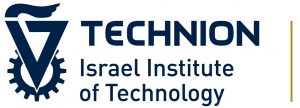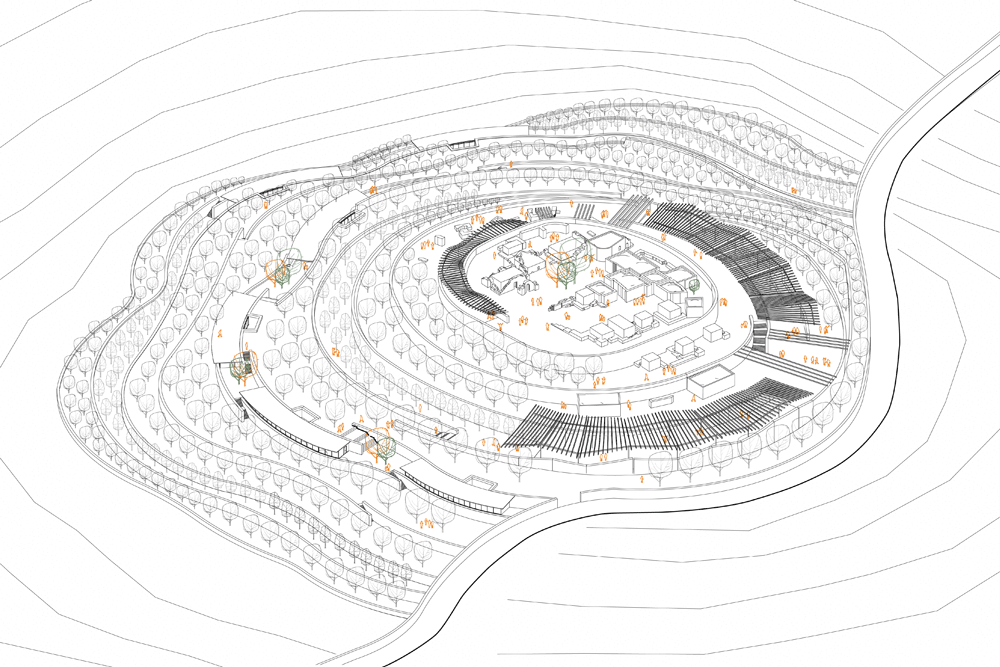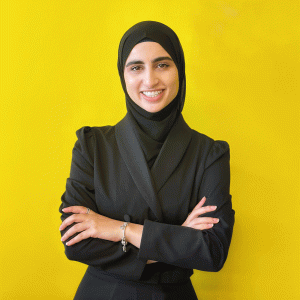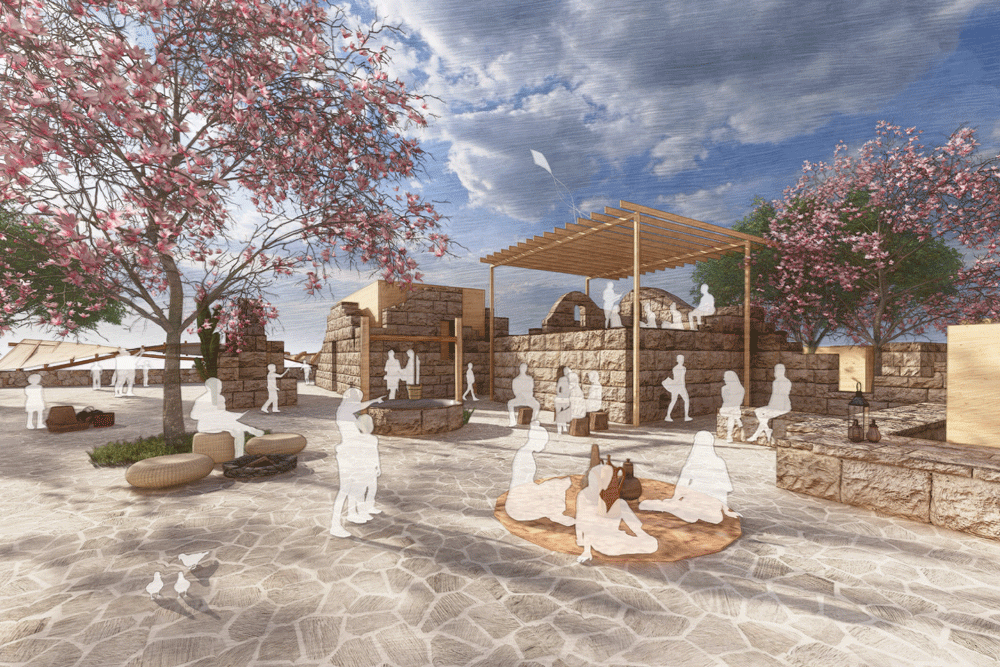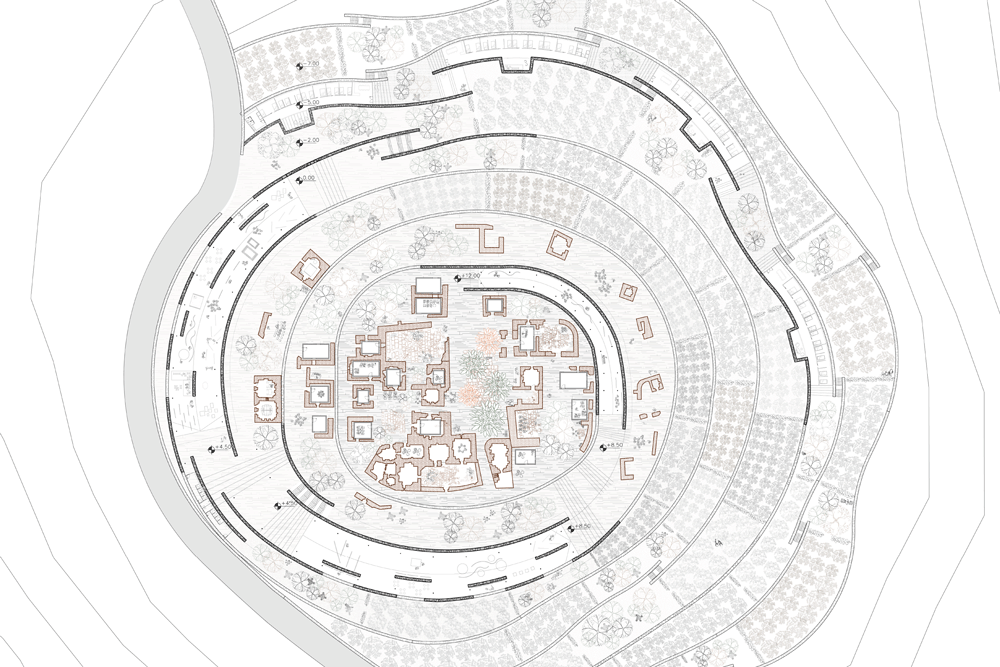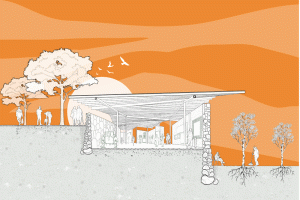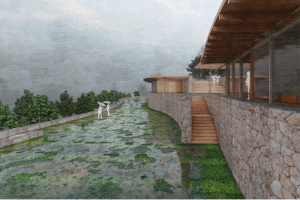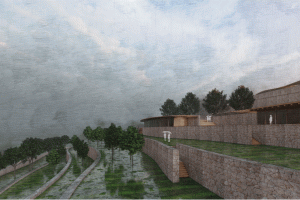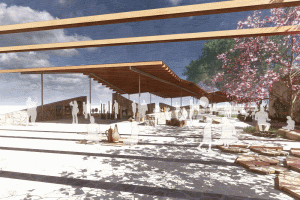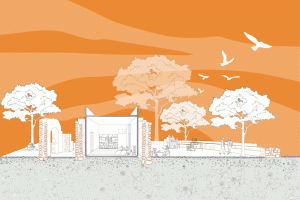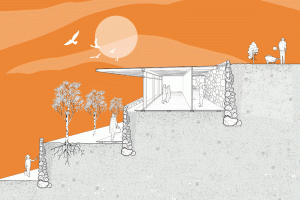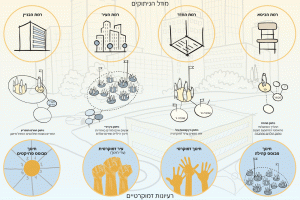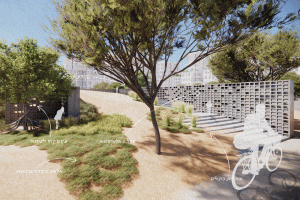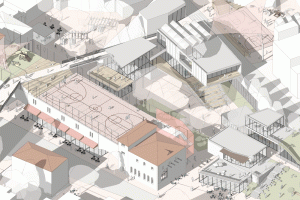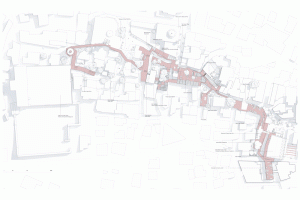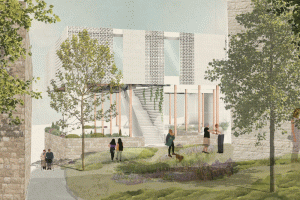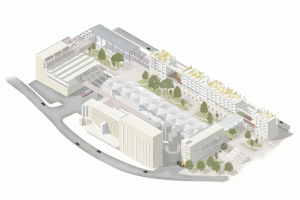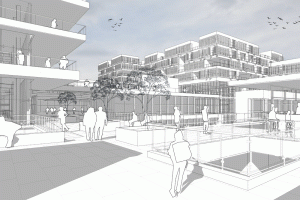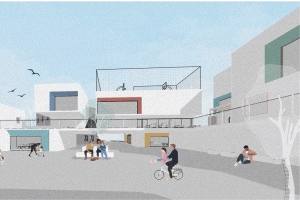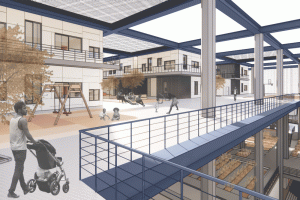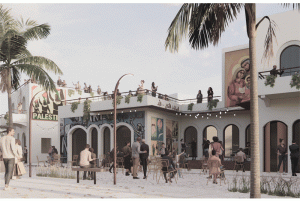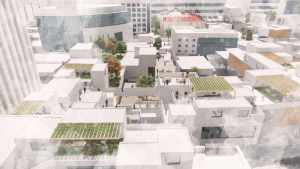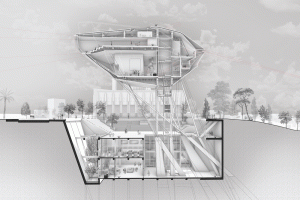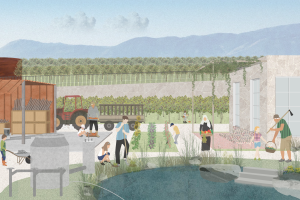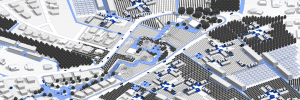Not forgotten
The events following the 1948 war can be framed through two contrasting narratives: the Israeli perspective, which focuses on the establishment of the State of Israel and the justification of its Zionist narrative, and the Palestinian viewpoint, highlighting the concurrent erasure of their history and identity. In the wake of the war and the expulsion of Arab residents from their villages, many of these settlements were destroyed, left in neglect, and labeled as “national parks.” Gideon Soleimani (2014) notes that “only after the villages were no longer visible in the landscape as Arab villages did they begin to be embraced and appropriated.” The destruction erased the signs of life—homes, alleys, and inscriptions—transforming the area into a romanticized landscape, where picturesque ruins were assimilated into an Israeli narrative as part of an ancient biblical backdrop.
This project conducts research and architectural intervention in Kfar Soba-Jerusalem as a test case to explore how to maintain a physical space for Palestinian identification in opposition to governmental practices aimed at erasing their identity.
The project identifies five governmental practices of appropriation and erasure in Kfar Soba: demolition, replacement, nationalization, appropriation, and erasure. Initially, the village was demolished, and its name was Hebraized. A kibbutz, Tzuba, was established on part of the village’s agricultural land. This was followed by the replacement of traditional agricultural terraces with modern farming techniques operated by kibbutz residents. In the 1950s, the village area was designated as a national park and a stop on Israel’s National Trail, further appropriating the space and rendering it a neglected site celebrated primarily for its romanticized Israeli heritage. Artistic representations, such as those by Yosef Zaritsky in the 1970s, ignored the presence of the Arab ruins, reinforcing this narrative.
Drawing from resistance theory, the project proposes a toolbox designed to combat erasure, promote Palestinian Arab culture, and preserve their history for future generations. This toolbox comprises community practices that encourage active engagement and education, establishing a physical space of identification for Palestinians.
